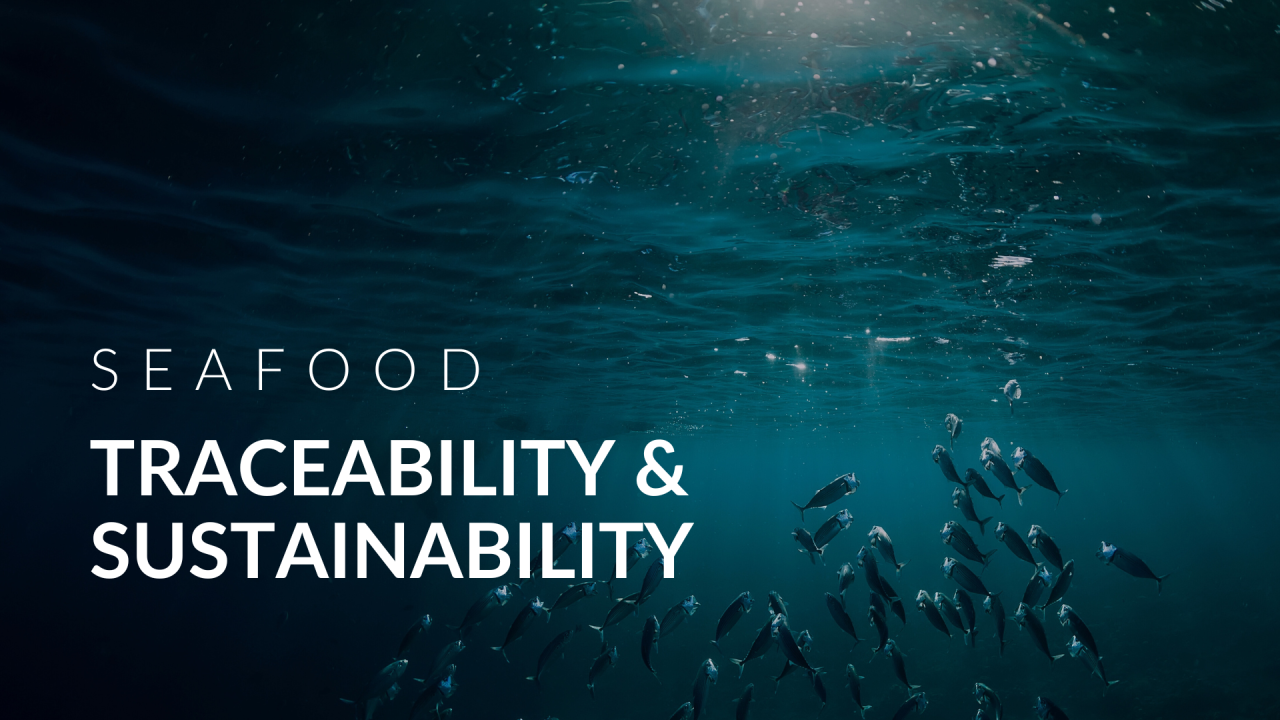
Chamberlains of London – Seafood Traceability helps ensure transparency, quality, and safety in global seafood markets. It connects every step from catch to consumer. Accurate data records must be maintained throughout the supply chain. Seafood traceability improves industry accountability and consumer confidence.
Seafood traceability tracks each product’s journey from ocean to plate. It identifies where, when, and how fishers catch seafood. Moreover, traceability systems log processing and transportation history accurately. These details support both food safety and sustainability. IUU fishing harms ocean ecosystems and global seafood markets. Therefore, traceability reduces illegal and unreported fishing activities. Furthermore, accurate records help exclude IUU products from supply chains. Fraud becomes harder with traceable data. Consequently, mislabeling and origin fraud are easier to uncover. Additionally, ethical sourcing gains credibility through transparent traceability practices.
“Read about: Make Thai Tea Like a Pro with This Easy Home Recipe”
Digital technologies now make traceability more efficient and accurate. Blockchain, QR codes, and sensors assist in real-time monitoring. Information can be uploaded and tracked instantly. Stakeholders across the supply chain can access vital data. Artificial Intelligence (AI) and data analytics also improve predictive tracking. These technologies reduce human error and improve trust. Some seafood products now include scannable codes on packaging. Customers can verify the origin and freshness of the seafood. Blockchain records cannot be altered, offering high security. Fraud and manipulation are discouraged through such transparent platforms.
Traceability tracks contamination sources to enhance food safety. Therefore, companies can quickly locate the affected batches. They act immediately to remove unsafe seafood. Consequently, health risks for consumers stay low. Moreover, traceable systems monitor proper storage and transport. Temperature is checked to keep seafood fresh. Spoilage risks drop with constant observation. Furthermore, consistent quality control improves consumer satisfaction. Seafood can become dangerous if poorly handled. Additionally, traceability detects early risks and prevents large-scale problems in the supply chain.
Traceability promotes sustainable fishing practices. Moreover, it tracks quotas, species, and regulated fishing zones. Illegal fishing declines through monitored activity. Therefore, marine biodiversity thrives under responsible sourcing. Consumers seek eco-friendly, ethically sourced seafood. Furthermore, traceability validates sustainable fishing practices. Eco-labels and certifications require accurate tracking systems. In addition, labels help buyers choose responsibly. The environment benefits from informed sourcing. Consequently, overfishing and habitat loss gradually decrease.
Implementing traceability faces many challenges. Infrastructure gaps in developing countries limit participation. Many small-scale fisheries lack access to digital tools. Training and investment are needed to bridge the gap. Costs of technology and data management can be high. Companies may hesitate to invest without regulatory pressure. Standardization also remains an issue. Global supply chains require uniform data formats and tracking protocols. Government regulations vary across countries. Cooperation is needed to build effective and inclusive systems.
“Read more: Rhinosinusitis in Children: Causes, Symptoms, and Treatments”
Consumers are demanding transparency more than ever. Traceability empowers them to make informed seafood choices. People want to know where their food comes from. Trust grows when products offer traceable, verified histories. Restaurants and retailers also benefit from traceability. Clear product histories enhance brand reputation and loyalty. Businesses can market their commitment to safety and sustainability. This creates stronger consumer relationships. Misinformation can be corrected with accurate data. Brands that embrace traceability gain a competitive advantage globally.